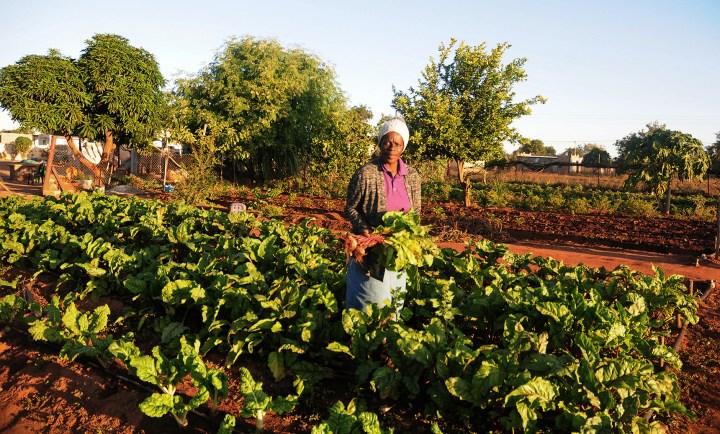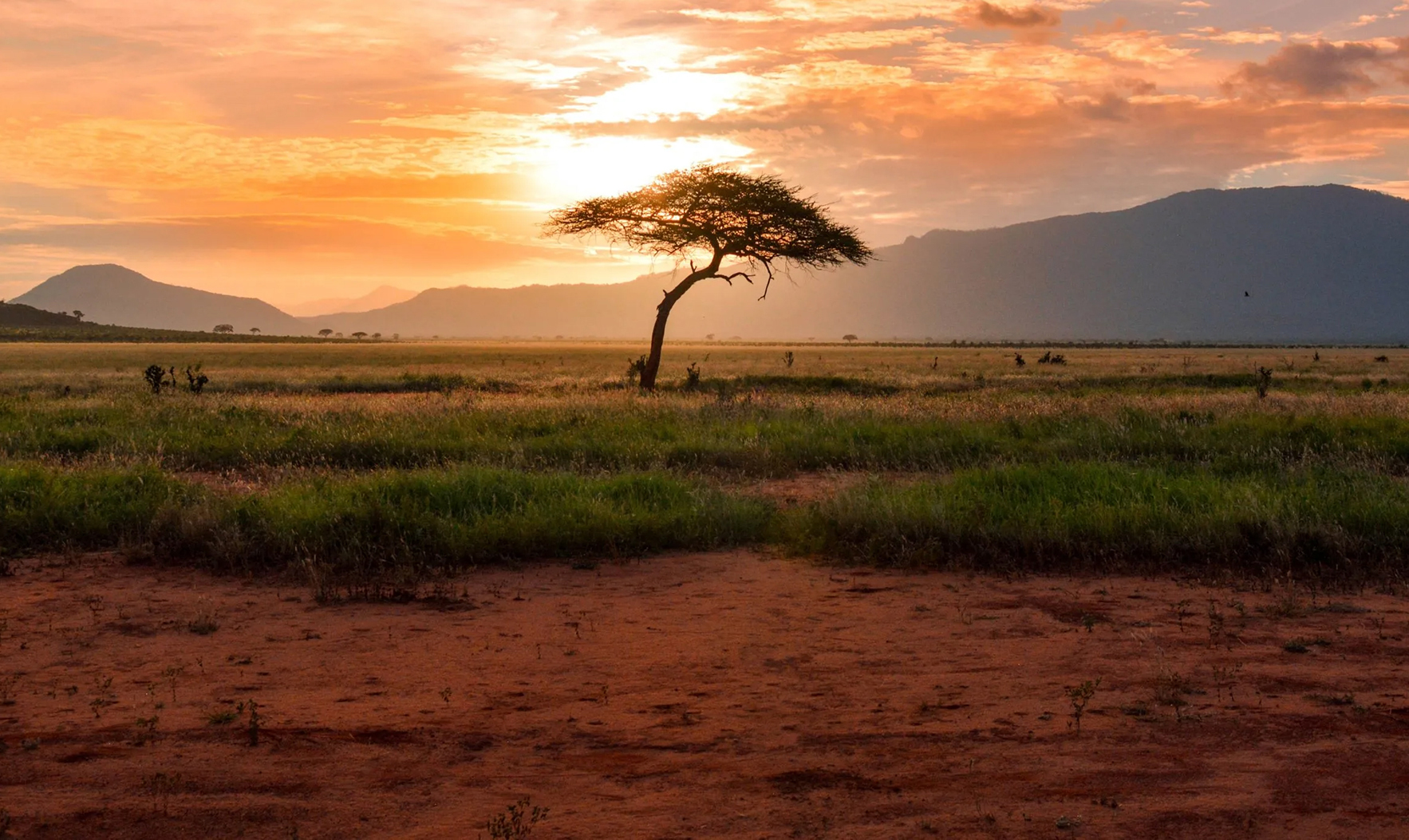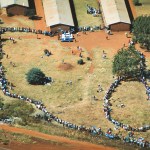LANDSCAPE RESTORATION OP-ED
Reclaiming degraded land? Here are five keys to success

Regreening Africa is a research and development programme that aims to reverse land degradation on one million hectares across eight countries in sub-Saharan Africa, improving the resilience of 500,000 households in the process. After five years, the programme has identified five key ingredients that significantly increase the chances of a land restoration project’s success.
Africa, where more than 65% of agricultural landscapes are degraded, is facing a growing environmental crisis affecting the livelihoods of millions. Rising demand for farmland, combined with poor management methods such as monocropping and excessive land clearing, makes a toxic brew that threatens small-scale farmers, pastoralists and everyone else depending on the land for their livelihoods.
This is a problem that affects not only Earth, but all of us.
The consequences are dire and a harbinger of worse to come. They are reflected in rising food prices and the growing fragility of rural communities, unable to cope with the increasingly unpredictable weather climate change brings.
As they degrade, soils are less and less able to hold water, worsening the impacts of droughts and floods, and providing fewer nutrients to crops and pastures. The disappearance of biodiversity means pests can thrive. All this increases the desperation that pushes so many young people towards migration or rebellion.
But none of that is fated. Tools and approaches to reverse soil degradation and re-green landscapes exist. Figuring out how to get them adopted at scale is what Regreening Africa, a pioneering research and development programme, has been doing across eight countries. After five years, some of the programme’s results hold lessons for the whole of Africa.
It is the deployment of these principles that allowed Regreening Africa to reach more than 540,000 households, and already positively impact the lives of almost 500,000 of them, across Kenya, Senegal, Rwanda, Ghana, Ethiopia, Mali, Niger and Somalia, by restoring close to one million hectares of land. Restoration can be achieved in a variety of ways, from working on rangelands to growing trees on farms. In all cases, it leads to better soil health and more plants, which makes the land more productive. That’s why landscape restoration provides so many outcomes for biodiversity, climate adaptation and mitigation, and livelihoods.
Today, five years after we started, we have a much better idea of what works and what doesn’t. We found that focusing on five key ingredients massively increases the chances of a land restoration project’s success. They are:
- Think big. Large-scale, impactful restoration is achievable;
- Break down silos. Close working partnerships across the science-practice-policy interfaces are crucial;
- There’s no magic bullet. No single practice works in all situations;
- Understanding reality is key. Scientific tools integrated in the process make it far more effective and efficient; and
- Fair economic, livelihood and policy incentives inspire people and communities to engage.
To restore land at scale, it is essential to understand and work through local government structures and include all stakeholders, especially those who directly manage the land and live with it.
Consider our team in Ethiopia, who set out to restore 200,000 hectares. Led by Catholic Relief Services, World Vision and World Agroforestry, it is made up of residents, local experts and government representatives, who together have delivered on their aims. Their work has boosted vegetation cover and biodiversity, and so significantly improved the prospects of people depending on those landscapes. Similar stories can be told in most of the countries in which we are working.
Read in Daily Maverick: “We need a revolution in African farming — regenerative agriculture could be the catalyst”
Science-practice-policy collaborations are key to regreening efforts. Regreening at scale requires strong partnerships involving governments, communities, development actors, researchers and donors.
Landscapes, soils, cultures and livelihoods are so diverse that no single intervention will meet all needs. Any regreening practice must be matched to current and future local contexts, and its implementation must be integrated into local processes and structures.
In Senegal, World Vision and its government partners are restoring 160,000 hectares of land by using farmer-managed natural regeneration, a low-cost restoration technique that exploits the ecosystem services provided by regenerated trees to increase the productivity and resilience of crop fields and pasturelands. It is perfectly suited to landscapes rich in tree stumps and seeds, lying dormant in the ground where the community desires the regeneration.
Visit Daily Maverick’s home page for more news, analysis and investigations
In other locations, tree planting can complement farmer-managed natural regeneration to bring in desired species. Together, these regenerated and planted trees provide a cornucopia of benefits, from better soil fertility to new products to bring to market.
At Regreening Africa, we embraced change by integrating citizens in the discovery process. A free app has allowed hundreds of thousands of people to identify the GPS coordinates of fields and record the trees they have regenerated or planted. Combined with the Land Degradation Surveillance Framework, a set of scientific tools that gives unmatched insights into the health of soil and land across Africa, this science-in-development approach has made it possible to track the regreening of land and its effects on soil health almost in real time. The continuous and timely fine-tuning of project interventions this allowed had a tremendous impact on our ability to scale operations and convince policymakers to adapt policies to enable their adoption.
Read in Daily Maverick:
“Restoring our Earth: Africa’s regenerative strategies crucial to address the climate crisis”
Finally, every landscape we work in is not only somebody’s home, but the substrate on which that person builds a future for themselves. That means that land restoration must have positive economic consequences. Incentives must grow, and they must be fairly shared across the community.
It quickly became clear to the project teams how much people working on landscape restoration could benefit from and be motivated by fair incentives. Once farmers, pastoralists and communities believe their efforts will result in higher returns, they will devote a significant amount of labour, capital and other resources to land restoration.
When this project started, a director in the European Commission called it a “pilot project at scale”. Today, as the first phase of this effort comes to a close, we can take stock. We have exceeded our targets, reaching almost 10% more households than the 500,000 we hoped to contact (more than 540,000 to date). Of those reached, 83% are taking up the practices already, and we expect more will do so in the future as they see the benefits.

To restore land at scale, it’s essential to understand and work through local government structures and include all stakeholders, especially those who directly manage the land and live with it. (Photo: Unsplash / Damian Patkowski)
When communities learn about new ways of restoring their landscapes, they typically start their interventions on a small part of their land. When they see that they work, they expand them to the rest of the fields. And, since land restoration efforts involve interventions like regenerating or planting trees that may take years to grow and deliver benefits, the regreening the project has achieved by now is only the beginning.
Read in Daily Maverick: “Rewilding: conservationists want to let elephants loose in Europe – here’s what could happen”
To date, we have recorded restoration taking place on 61% of the land where we are working directly. The speed of this regreening has accelerated, a phenomenon consistent with the hypothesis that farmers like what they see and they, and their neighbours, progressively expand these interventions to the rest of their lands.
These figures are conservative. We are reporting only on what we know has resulted in uptake. The figures will therefore rise as more and more farmers apply these practices to more of their land, and their neighbours and friends adopt them too.
To make a real difference in restoring our continent’s landscapes, we need natural, sustainable solutions. The Regreening Africa project is an effective example of how, through agroecology and other relevant practices, scalable and replicable land restoration is possible. DM/MC
Regreening Africa is a research-development programme that aims to reverse land degradation on 1 million hectares across 8 countries in sub-Saharan Africa, improving the resilience of 500,000 households in the process. Their work involves the deliberate and systematic integration of trees for the sustainable management of land and maintenance of healthy landscapes. Regreening Africa responds directly to bigger global development initiatives such as the African Union Agenda 2063 and the United Nations Sustainable Development Goals to end the epidemics of poverty, hunger, and environmental degradation.





















 Become an Insider
Become an Insider
Bravo!!